




"Limitation is the mother of good management", Michael Evanari
Location: Southwestern Oregon (Jackson County), Zone 7




Idle dreamer




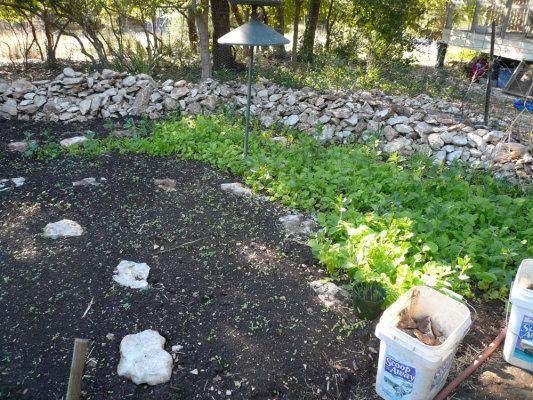
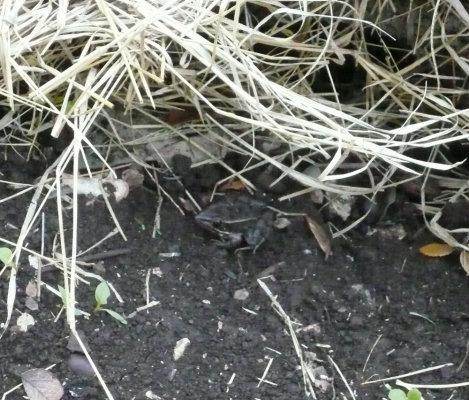

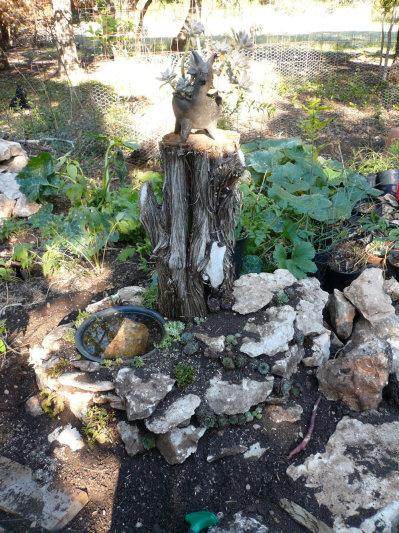
Idle dreamer




find religion! church
kiva! hyvä! iloinen! pikkumaatila
get stung! beehives
be hospitable! host-a-hive
be antisocial! facespace





Idle dreamer




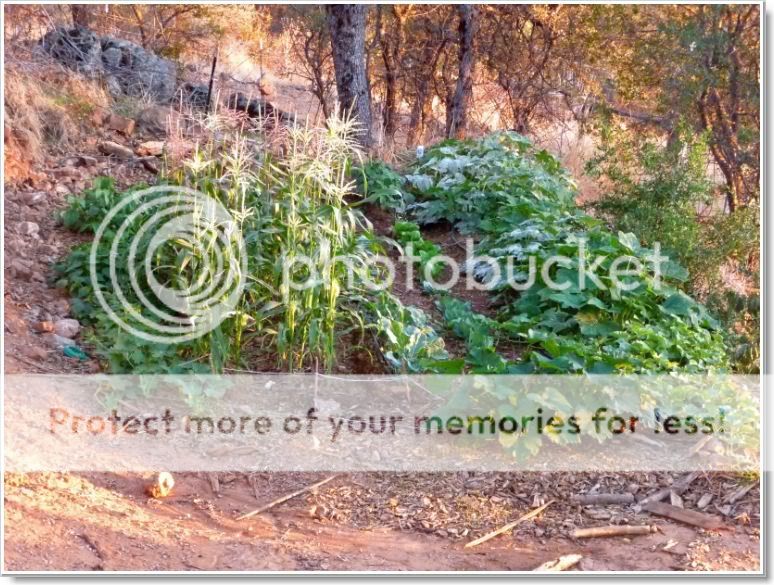
- Glenn -





Glenn Kangiser wrote:
Here is a pix of mine from about a week ago. The one I posted earlier.
find religion! church
kiva! hyvä! iloinen! pikkumaatila
get stung! beehives
be hospitable! host-a-hive
be antisocial! facespace





Idle dreamer




- Glenn -




Ludi wrote:I seem to be growing a lot of frogs....
"the qualities of these bacteria, like the heat of the sun, electricity, or the qualities of metals, are part of the storehouse of knowledge of all men. They are manifestations of the laws of nature, free to all men and reserved exclusively to none." SCOTUS, Funk Bros. Seed Co. v. Kale Inoculant Co.








Treehugger Organic Farms








Is it sustainable? If everyone in suburban America created a hugelkulture bed, would it devastate our forests?
Also, how long does it last?
The ultimate goal of farming is not the growing of crops, but the cultivation and perfection of human beings. - Masanobu Fukuoka




http://www.greenshireecofarms.com
Zone 5a in Central Ontario, Canada




knarf wrote:
Is it sustainable? If everyone in suburban America created a hugelkulture bed, would it devastate our forests?




Soil, what if the trees you cut will grow back from the stumps, and were chosen because they had really bad form and were crowding other trees? And what if all the trees cut were within about 1600 feet of the hugel beds? What if you leave 3-4 foot stumps and grow mushrooms on them? I would argue that it is folly to take too much rotting wood from the forest floor. Unless you're speaking of another source that would otherwise go to waste.
The ultimate goal of farming is not the growing of crops, but the cultivation and perfection of human beings. - Masanobu Fukuoka
 1
1








 I'm listening!
I'm listening!




http://www.greenshireecofarms.com
Zone 5a in Central Ontario, Canada








 . Just waiting for a little warmer weather to head to my nitrogen source before they are added to the compost piles. The two current piles have been 150 degrees through all of the cold weather and little bit of snow we have gotten so i figure we are off to a good start.
. Just waiting for a little warmer weather to head to my nitrogen source before they are added to the compost piles. The two current piles have been 150 degrees through all of the cold weather and little bit of snow we have gotten so i figure we are off to a good start. 







I am wondering what everyone thinks about building these beds then immediately planting into them.
The ultimate goal of farming is not the growing of crops, but the cultivation and perfection of human beings. - Masanobu Fukuoka













I live on a very small property, so I am unable to do any significant beds. I'm a big forest garden nut though, so instead I just chop stuff up and disperse it around the forest garden.
Is there a verdict on the planting of fruit trees and bushes in hugelkultur beds? It looks like some have said it is good and others have said it is better to have a tree between hugelkultur beds. Has anyone done either successfully?
The ultimate goal of farming is not the growing of crops, but the cultivation and perfection of human beings. - Masanobu Fukuoka













http://www.greenshireecofarms.com
Zone 5a in Central Ontario, Canada




 1
1





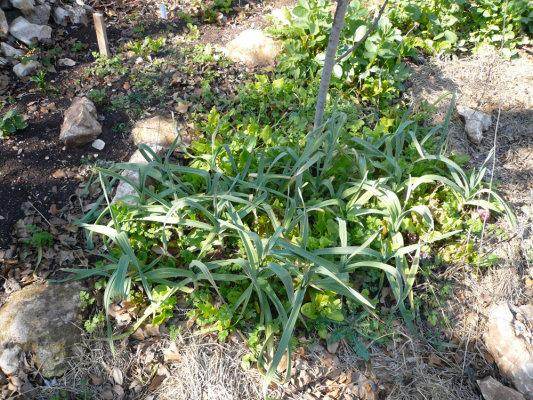

Idle dreamer













Life that has a meaning wouldn't ask for its meaning. - Theodor W. Adorno




knarf wrote:
This almost seems too good to be true. I'm going to try to put this to use here in Utah when I buy a house. I think we get a bit more rainfall than Missoula, so I'm excited to see how well it works.
Irrigation is a huge concern for me. I want to basically turn my whole property (which I hope to be 0.25-0.33 acre) into an edible forest. Right now, I have no idea how to do so without 800 or so gallons of irrigation per day. That ain't permaculture, baby!
I'm reading through Gaia's Garden, which boasts that people in arid regions like New Mexico have been able to create lush edible forests with very little irrigation. I don't know how they're doing it! If plants require an inch of rainfall per week, then that means a lot of irrigation for an area that only gets 17" per year (much of which is in the winter).
Hopefully, this method will help.
Is it sustainable? If everyone in suburban America created a hugelkulture bed, would it devastate our forests?
Also, how long does it last?
 I understand your concern, drought and heat are major factors here.
I understand your concern, drought and heat are major factors here..








Idle dreamer





|
This ad is so tiny, it is contemplating augmentation:
Rocket Mass Heater Resources Wiki
https://permies.com/w/rmh-resources
|








